My first destination is Shanghai. It’s the largest city in China and the number of inhabitants is
20 millions, (the official figure) but in reality, the population is more like 40 millions.
I can’t resist taking a bike to visit the French concession of the Bund,
The Jing’an Temple and for shows, I’m rushing to see the Shanghai Circus World. It’s simply
fantastic with acrobats and traditional martial arts combined with special effects that take your
breath away.
A LITTLE BIT OF CULTURE TO GET TO KNOW SHANGHAI A LITTLE BETTER.
Jing’an Temple, also known as the “temple of peace and tranquility”, is like a serene oasis in the
centre of Shanghai surrounded by skyscrapers and shops.This centuries-old temple exhibits the
largest jade statue of the Buddha Shakyamuni in all of China. It’s a must-see.
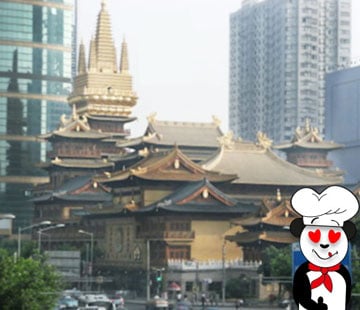
THE BUND.
A beautiful walkway bordered by colonial buildings where you can see Shanghai’s modern
buildings, (see photo) on the other side bordering the banks of the Huangpu Jiang River.
At different times of the day you’ll see people walking around, doing Taichi exercises and
children flying kites. I couldn’t resist!
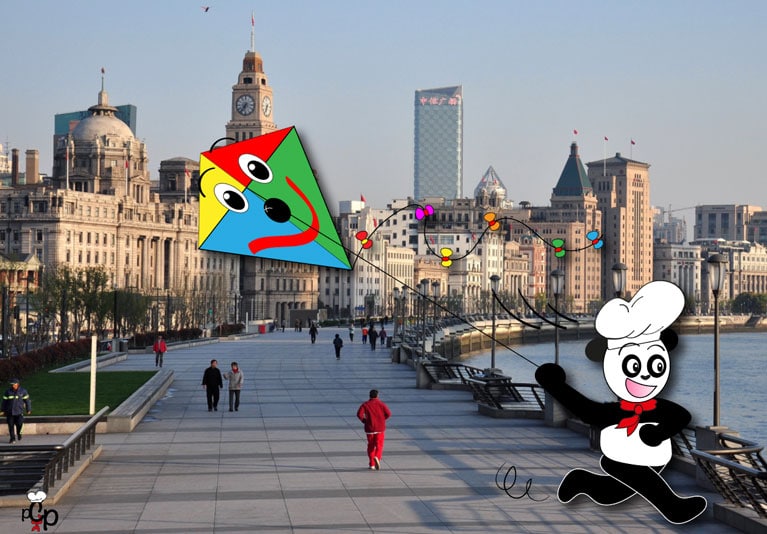
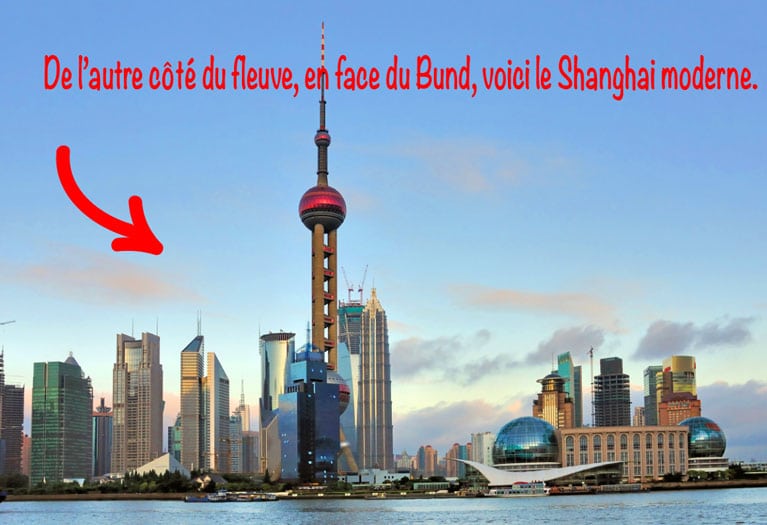
At home, in China, we love to eat even if in our culture desserts are not necessarily our cup of tea,
but for some time now we have adopted all kinds of pastries like the croissant (my favourite),
cakes and even chocolate has become more popular in Shanghai.
It makes me think of Paris…yummy!

But it’s time to go to see my family and friends in Chengdu, I miss them so much.
And now, I take the plane so as not to waste time, arriving in Chengdu and a car takes me to see
my friends .
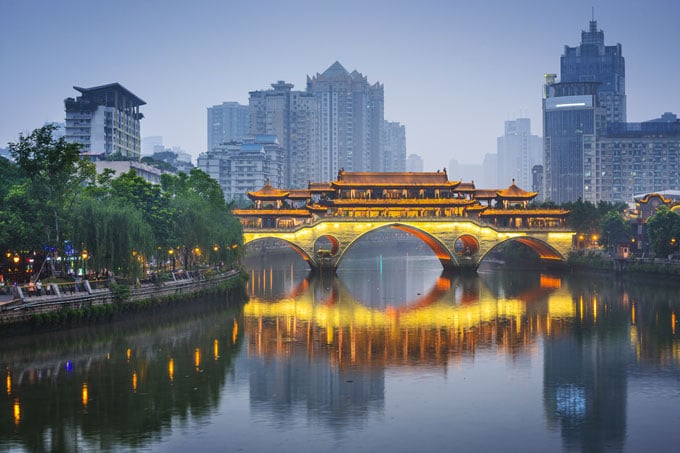
That’s it, I’m here, after a long journey to find the Panda Research Foundation in Chengdu.

I can’t wait to see the nurseries where newborns are fussed over by their mums and nursery
carers.
I am really touched to see these little “bundles” some still pink all over and for others tufts of
black fur coming through with markings drawn around their eyes.
A little bit of info, if you want to see the most of baby pandas, summer is the best season to
come.
They’ll be waiting for you!
Here the pandas are in a park and not a zoo. The people working in this centre study panda
behaviour to protect this animal, (like me) and our risk of extinction.
On this adventure, you’ll meet our cousins, the red pandas who also need to be protected. So
what are they like? It’s a mystery.
Well, I’m just kidding you. I’ve added a cute picture and identity card for you to get to know them
better. What’s more, if you come to see us you’ll find them sneaking around your legs.
An amazing experience!
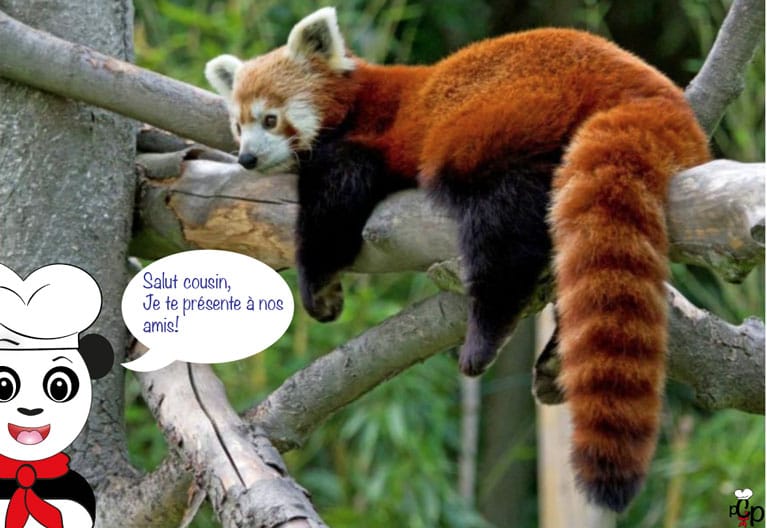
THE RED PANDA “ID” SHEET
They measure between 50 and 65 centimetres not including their tail which as you can see is long
and beautiful at between 30 to 60 centimetres. Their coat is red with golden highlights and really
soft and thick to always keep them warm in the cold regions where they live. It also works as an
effective camouflage to find shelter on tree branches that are covered with brown, reddish moss
when escaping from one of its main predators, the snow leopard. As soon as they point their nose
upwards, the red panda climbs as fast as a cat.

They live in the forests of the Himalayas in Nepal, in India, in China with us, in Tibet and the
north of Burma.
They weigh from 3 to 6 kilos. They are mainly vegetarian and feed on bamboo. And yes, we the
so-called giant pandas are “sharers”. We share fruit, leaves and acorns, etc. It is also said that the
red panda is omnivorous. In spring, they have been known to feed on eggs and chicks.
To breed, the red panda prefers the period between mid-May and mid-July and their gestation
lasts 132 days with 2 to 4 babies per litter.
The start of life for baby red pandas is very difficult as they are born blind and deaf and only after
18 days their sight and hearing begins to function.
They stay with their mother until the next litter, about a year later.
The red panda can live for about 15 years, but don’t forget they are classified as an endangered
species. Their main threat is from poachers because their coat is prized and by deforestation,
which means the destruction of their habitat.
Measures have been taken by countries inhabited by red pandas with breeding programmes to
save the species. Some « ONG » like WWF help local organizations protect and raise people’s
awareness by living near to red pandas.
If you want to discover more about this amazing research centre in Chengdu and learn a lot
about pandas with the wonderful people who take care of us, then click HERE and you will be
automatically taken to the website, translated into several languages, including yours.
It’s really fascinating.
Stay with me because next time I will tell you an amazing story about a female panda that’s going
to really surprise you, Wow !!
And another one about one of the craziest jobs in the world.
See you soon, friends!





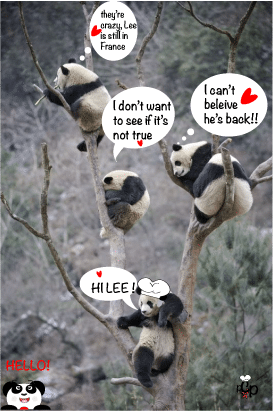
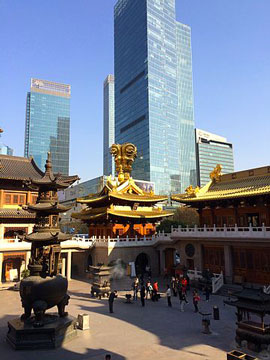
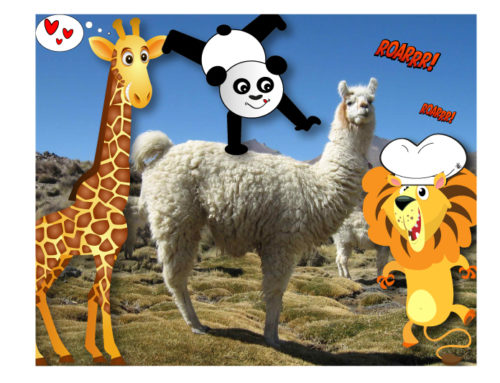
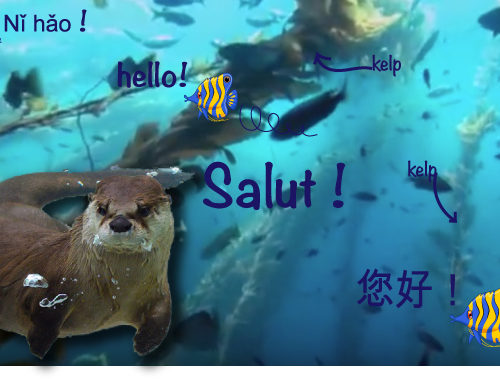
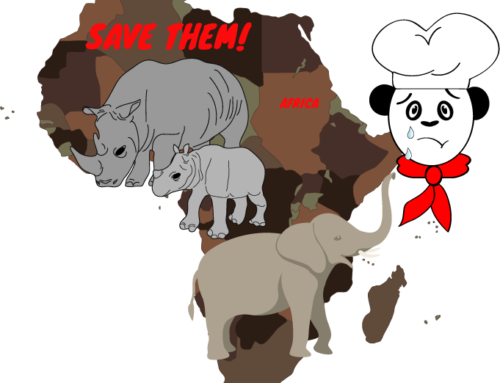


Leave A Comment